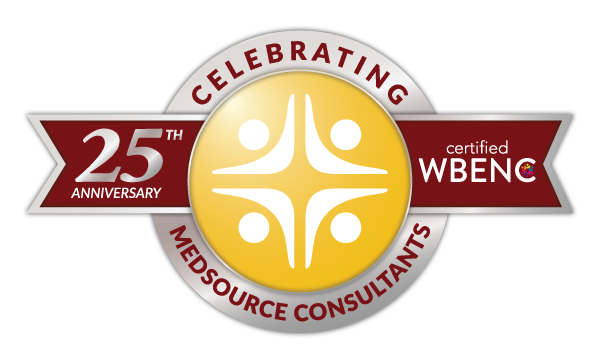How to Recover Your Medical Workforce Following a Crisis
Lisa Rushneck

Front line healthcare workers may have made it through the first surge of the COVID-19 pandemic. As some states begin to reopen, the possibility of continued spikes remains. It’s important to recognize that our precious healthcare workers still face big risks. Kaiser Health News (KHN) says the number of healthcare workers who have contracted the virus is likely much higher than the 9,200 currently reported, and “officials say they have no comprehensive way to count those who lose their lives trying to save others.”
As we enter this new, post-peak period following the outbreak, how can we address the needs of these exhausted yet determined healthcare teams while still preparing for the possibility of future waves of illness?
Identify What We’ve Learned
The next phase for healthcare teams requires a reassessment of our experience with COVID-19 at its peak. What lessons have we learned, and what resources will we need should another surge occur? This knowledge can help inform our efforts to rebuild supplies and service lines to prepare for what’s next.
This is a time to reassess crisis communication, pandemic plans, and our overall business continuity efforts. Revise these documents as needed. Organizations must restock PPE, medications, and equipment as needed. Analyze case data, and review case definitions and treatment protocols to help you weather the next round of stormy weather.
But what about the psychological impact on our healthcare teams? Will there be time to refresh and rejuvenate staff before the next wave?
The American Medical Association (AMA) offers some guidelines on how healthcare organizations can create and maintain infrastructure resources to support their clinical teams, staff, and even administration during what has been a very challenging spring. They recommend:
- Addressing the stress of your front-line teams and develop an infrastructure to support them. The AMA offers two free surveys to identify specific stress drivers and trends.
- The AMA also offers 17-steps healthcare providers can take to create a resilient organization ready for the crisis.
- They also recommend that now is the time to focus on the redistribution of workloads. For example, they suggest that physicians or midlevels under quarantine or for childcare, manage the phone messages and email inbox of those on staff. These teams can also provide telemedicine triage to take the heat off of overburdened ERs.
- Setting up a triage hotline with medical students to provide extra staffing can also help with COVID-19 cases, providing potential patients with protocols and support.
- Institutional policies should be reviewed, such as making sure sick days are sufficient and that front-line workers receive perks like catered food, childcare, or even pet care. Also, consider providing therapists in staff lounges or at other strategic points to provide support to overburdened caregivers.
- Help these teams understand the resources available to help them and ensure that your teams have time for rest and recuperation.
This brief lull is the perfect time to assess our processes and protocols. But it is also an important time to shore up resources for our providers and restock essential supplies. The activities you undertake now will be critically important this fall when the expected cases of COVID-19 will likely increase.
If you need recruiting assistance, contact the experts at MedSource Consultants today.
